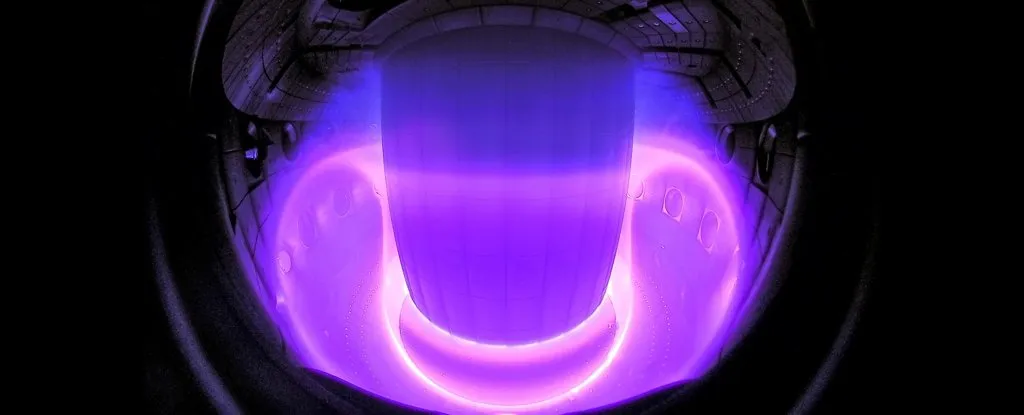In the quest for clean, limitless energy, nuclear fusion has long been the holy grail. Now, researchers from Zhejiang University have made a significant stride towards making this dream a reality, with implications that could reshape the energy sector. Their work, published in the journal *Physical Science Communications*, introduces a groundbreaking approach to controlling plasma in tokamaks, the doughnut-shaped devices that house fusion reactions.
At the heart of this research is a novel data-driven simulator that enables rapid training of reinforcement learning (RL) agents. These agents generate actuator commands to maintain stable plasma configurations, a critical challenge in fusion energy. “Our high-fidelity model mitigates compounding errors, allowing for efficient RL training,” explains lead author Niannian Wu. This is a game-changer, as traditional first-principle simulators are often too computationally intensive for practical use.
The team’s innovation doesn’t stop there. By combining their data-driven model with a neural network surrogate for equilibrium fitting, they’ve achieved impressive results on the HL-3 tokamak. The RL agent maintains a 400-millisecond, 1-kilohertz control trajectory, accurately tracking plasma current and boundary shape. Moreover, it adapts to changes in triangularity without retraining, demonstrating remarkable robustness.
So, what does this mean for the future of energy? For one, it brings us closer to practical, large-scale fusion energy. “These results show that data-driven dynamics models can support fast and reliable RL-based control, meeting anticipated engineering requirements for future fusion devices like ITER,” Wu notes. ITER, the world’s largest tokamak under construction in France, is a key step towards commercial fusion power.
The commercial impacts could be substantial. Fusion energy promises a near-limitless, clean power source, potentially disrupting the global energy market. It could reduce dependence on fossil fuels, decrease greenhouse gas emissions, and provide a stable, baseload power supply. Moreover, the advanced control techniques developed here could find applications in other sectors, from advanced manufacturing to aerospace.
This research is a testament to the power of interdisciplinary collaboration, combining physics, machine learning, and engineering to push the boundaries of what’s possible. As we stand on the brink of a potential fusion energy revolution, one thing is clear: the future of energy is looking brighter than ever.

